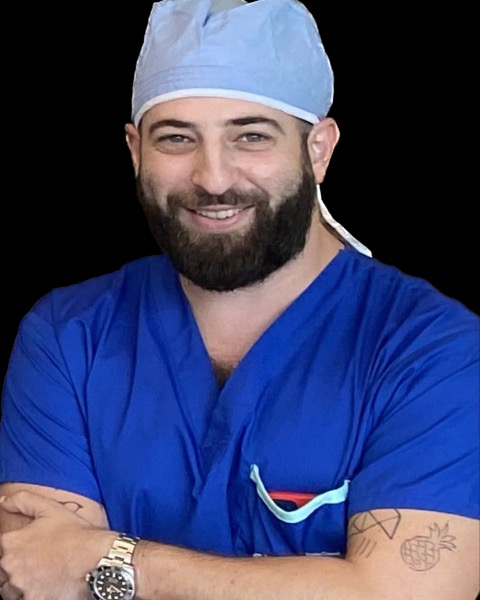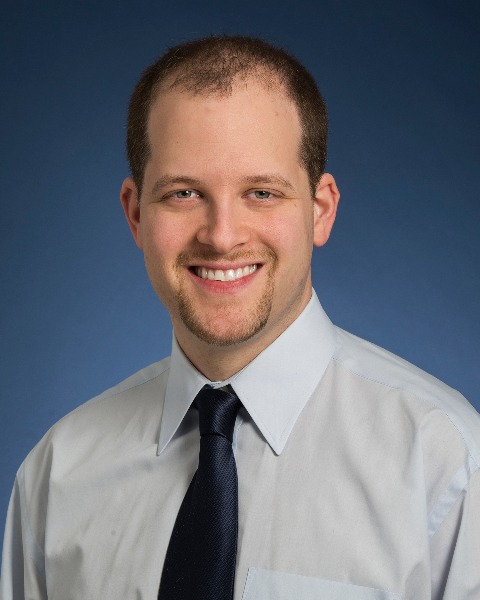Nonvascular Interventions
Magnetic Compression Anastomosis for Untreatable Luminal Occlusions- Early Experience of a Novel Minimally Invasive Image Guided Approach

Erez Klein, MD
VIR Clinical Fellow
University Health NetworkDisclosure(s): No financial relationships to disclose
- LS
Lee Swanstrom, MD FACS
Scientific Director and Chief Innovations Office
University of Strasbourg - CB
Camilo Barragan, MD MSc
VIR Clinical Fellow
UHN/MSH - HS
Hila Shmilovich, MD
General Surgery Clinical Fellow
TGH 
Eran Shlomowitz, MD
Interventional Radiology Staff
Toronto General Hospital
Presenting Author(s)
Author/Co-author(s)
Materials and Methods: A retrospective single center review identified seven patients who failed interventional attempts crossing luminal occlusion including: Esophageal (n=3), biliary (n=3), and distal ureteric (n=1). Rare earth ring magnets (ring diameter 4-12mm)
were placed under fluoroscopic, computed tomography and endoscopic guidance by interventional radiology.
Results:
All procedures were performed under general anesthesia. Three patients with esophageal stricture underwent distal magnet placement with transgastric approach via G-tube tract and proximal magnet placement via per-oral endoscopic approach. Three patients post liver transplantation with stricture at the hepatojejunostomy anastomosis underwent magnet placement with transhepatic and enteroscopy approaches. One patient post ileal conduit creation with stricture at distal uretero- ileal anastomotic site underwent magnet placement via transnephric and trans-stomal approaches. Technical success reported in all patients (100%) without post procedural complications. All patients were scheduled for magnet retrieval 2-4 weeks post procedure (mean time 17.8 days) and compression anastomosis was observed during that time. In five patients magnets were actively retrieved and in two patients magnets were expelled through the gastrointestinal tract. Biliary drain was placed in patients with biliary stricture. In two of three biliary patients drains where eventually removed. A retrograde ureteronephrostomy tube was placed in the patient with ureteric stricture. All patients with esophageal strictures underwent post recanalization esophageal dilatation. One esophageal re-occlusion occurred due to inability to return for dilations during the COVID-19 pandemic. Mean follow up time was 770.2 days.
Conclusion: Magnetic compression anastomosis of complete luminal occlusions appears to be safe and effective. The technique holds the potential to avoid the morbidity associated with surgical re-intervention in patients with complete occlusions who have failed other interventions.

.jpg)
.png)
.jpg)
.png)
.jpg)
.png)
.png)
.png)
.png)